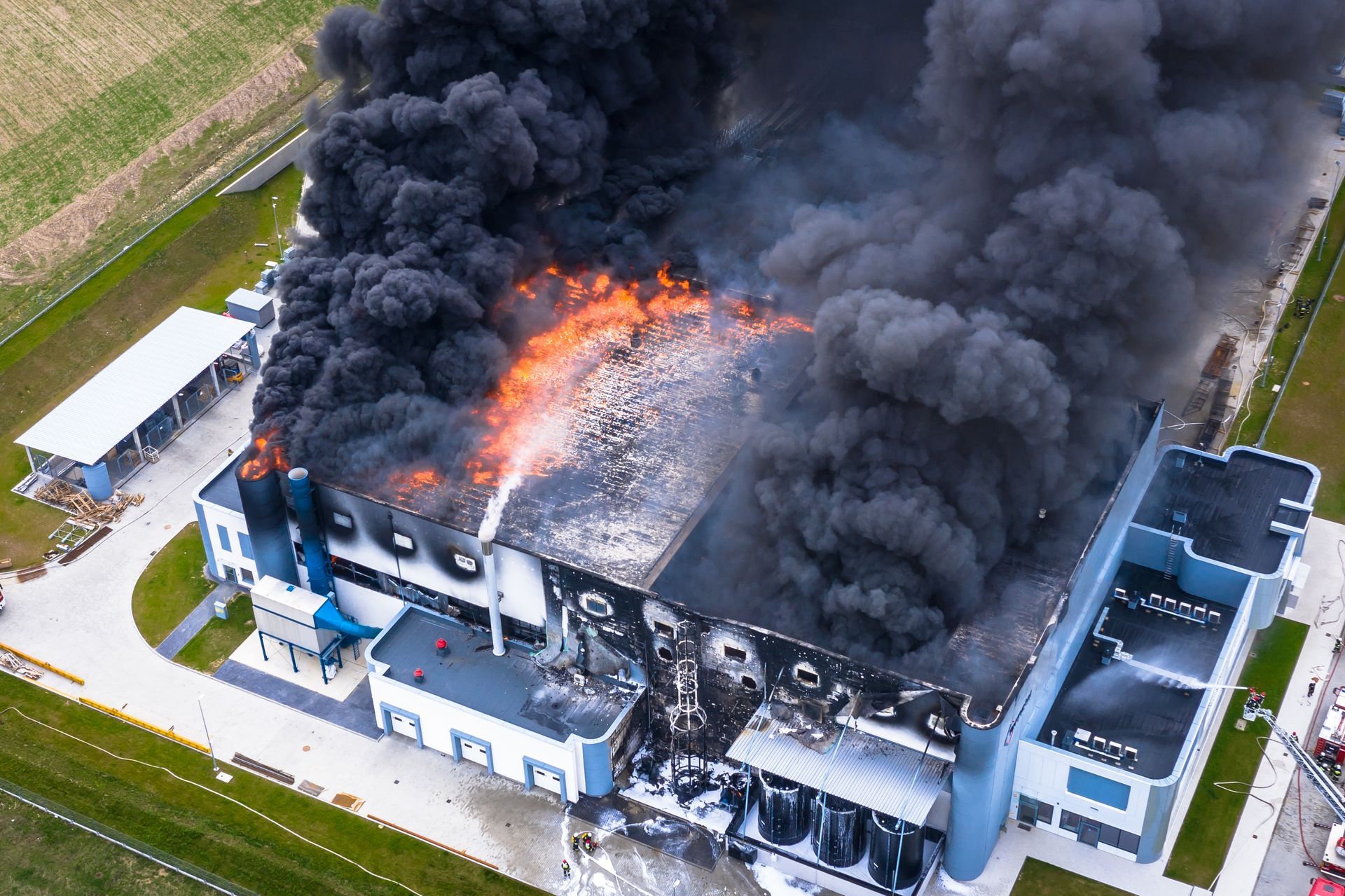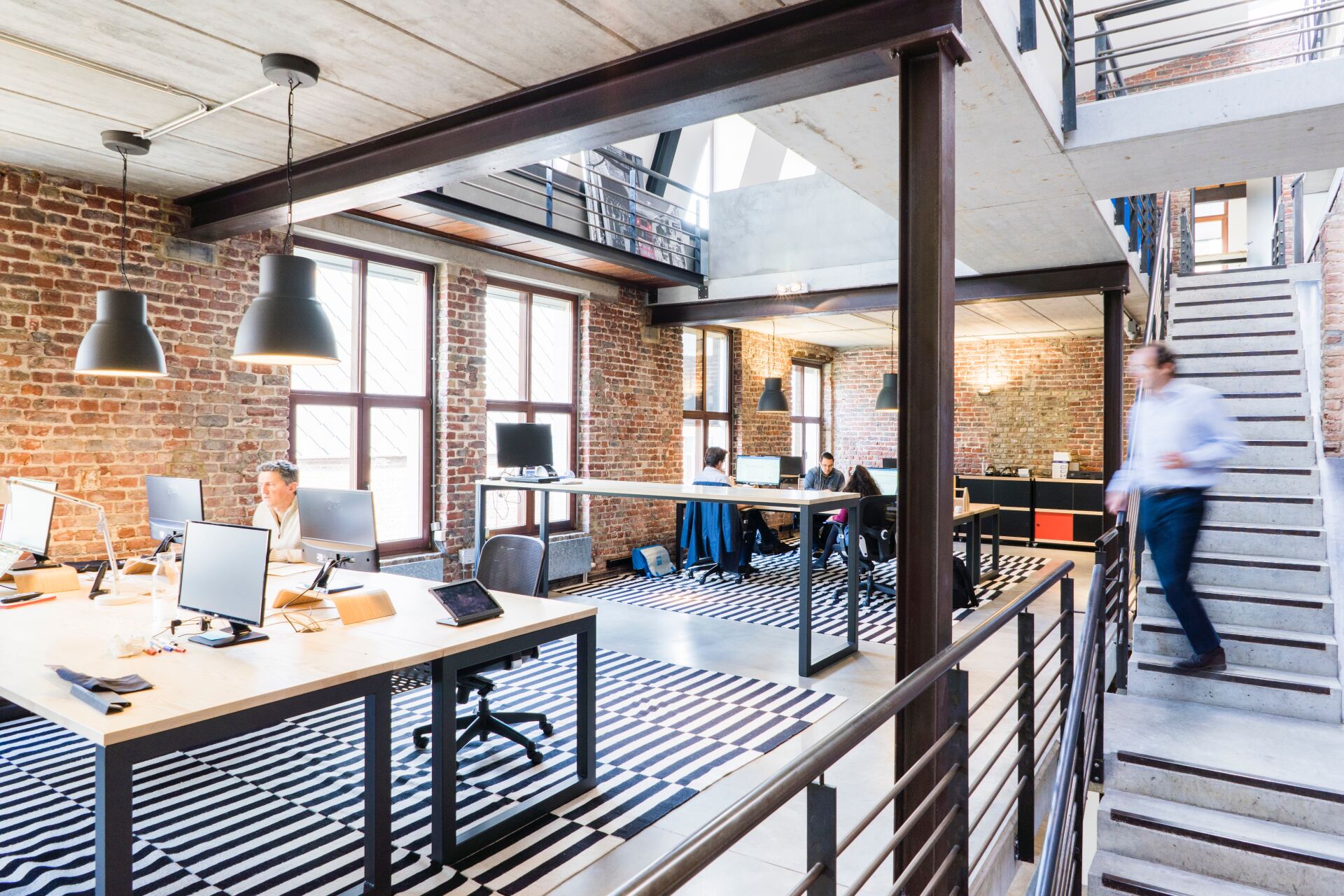Regular technical auditing and buildings insurance
Very few commercial building owners or managers would argue against the need to purchase buildings insurance but climate change is making it more expensive.
Severe weather events such as storms, floods and heatwaves are now more frequent and causing more damage; while a weak pound, lack of skilled tradesmen and building supply chain problems means the costs of repairing damaged buildings are much higher these days.
Dan Berry, chief underwriting officer of Global Risk Partners, a leading UK insurance broker, says insurers are looking to increase rates and build a “large loss fund” to guard against future large event losses. He points out insurance premiums have increased every quarter since 2018 in the UK and landlords looking to minimise the cost of their insurance premium will need to provide extensive information about their property.
“Underwriters are typically looking for additional information to help them in pricing renewals, so be prepared to provide extensive information about your property, for example structure details, alarm specifications and evidence of fixed wiring and electrical installation inspections,” Berry says.
“Businesses who are able to provide this additional detail give underwriters the opportunity to apply discounts to moderate premium increases, whereas underwriters will need to assume the worst-case scenario where these answers aren’t forthcoming,” he adds.
Managing the risks
This is where resero's Technical Asset Management Service can help. A key part of our service includes quarterly audits and site inspections by engineering experts.
We use a consistent methodology to assess the building and contractor performance across a range of areas from statutory compliance to best practice in operation and maintenance. Reports use an easy-to-understand red, amber, green (RAG) rating system to highlight the highest risk areas alongside suggested improvement measures.
This not only flags potential areas that could invalidate a buildings insurance claim but can also provide the data building insurers require when resetting premiums.
Ensuring buildings, and their owners, are protected in this way is often overlooked in the daily hustle and bustle of managing the building. Dealing with tenant needs alongside other multiple demands means it’s almost impossible to assess and mitigate risk without an independent audit.
Peter Hull, one of our Technical Service Engineers, says he picks up many dangerously neglected items when he carries out audits. Failure to adequately test fire protection systems and electrical systems are more common than you would expect, he adds.

Fire and electrical systems are high risk areas
Fire remains the top cause of all insurance claims and are the most costly. It also carries the highest risk to health and safety as the Grenfell Tower tragedy and others have repeatedly showed.
Peter says in the first instance it’s important to ensure the maintenance contract is fit for purpose. A poorly worded contract is often a source problem as building managers assume testing is part of the contracted service. However, if it is not specifically listed then it’s unlikely the contractor will be factoring it into work schedules and quotes.
Property owners also need to demonstrate they have taken adequate steps to ensure statutory compliance has been met. Simply ordering a test to be done doesn’t suffice unless there has been a follow-up process to ensure works are satisfactorily completed.
Technical auditing approach helps reduce risk and improves building data
This is just one reason resero would argue an independent auditing regime should be an essential part of building ownership.
Peter states: “I’ve found work orders not specifying what needs to be checked; engineers doing visual checks but not the full checks (which require shutting off the electricity); or an engineer undertaking checks without the necessary qualifications to inspect electrical systems.
“These tests are essential. In many cases, when we have asked and overseen the system to be properly tested, it has revealed it wasn’t set up correctly which can have potentially dangerous consequences. For example, plant and equipment doesn’t shut down when it is supposed to, or fresh air is still being supplied to a possible fire location.”
Buildings are dynamic environments, refurbishment projects, breakdown repairs, maintenance works, and tenant activities can all lead to potential ‘non-compliance’ issues and high-risk situations.
Resero audits buildings every quarter and uses software to ensure all outputs are consistent and accessible for a range of stakeholders. We automatically track historic issues, actions, and outcomes alongside implementing improvement plans as and when necessary.
Resero's audit inspection regime is a comprehensive risk management system that is consistent, comprehensive and allows peace of mind. For more information on using an audit strategy watch the above video.
For more information on our holistic approach to Technical Asset Management please get in touch
info@resero.co.uk.












